And all the while, the graphic novel form affords the reader (and the writer) a welcome sense of detachment. At two points in the book this detachment disappears: a poignant section of the book presents photographs of the cluttered mess of the apartment she has to clear out when they move to a retirement home close to where she lives; also remarkable and touching are the series of her drawings at the end of the book, of her mother lying comatose in bed.
Monday, April 1, 2019
Reviewer Laura Attkinson discusses the graphic novel "Can't We Talk About Something More Pleasant"
I read a lot of graphic novels. Here is one of the best.
Roz Chast (2014) Can’t
We Talk About Something More Pleasant? NY: Bloomsbury. 228 pp. ISBN: 978-1-60819-806-1
This graphic novel by the New Yorker cartoonist Roz Chast is about
the final years of her parents’ lives as they become old and frail and require
a lot of care but live on into their nineties. She, an only child, looked after
them and their affairs until they finally both died, having long depleted all
their money (and much of hers).
The long and sometimes dreary
story is told in her wry, understated comic strip style that must be seen to be
appreciated. (Even sporadic readers of the New
Yorker will recognize it on sight.) As her parents’ lives unravel before
her, she reviews their relationship and her life as the one and only child of
an anxious father and a domineering mother. She confronts all of the denial and
the delusions and the indignities of aging on every page of this memoir without
seeming to come to terms with her cold and unyielding mother. On the other hand
a full and frank disclosure of feebleness and silly foibles may be seen as some
kind of payback.
And all the while, the graphic novel form affords the reader (and the writer) a welcome sense of detachment. At two points in the book this detachment disappears: a poignant section of the book presents photographs of the cluttered mess of the apartment she has to clear out when they move to a retirement home close to where she lives; also remarkable and touching are the series of her drawings at the end of the book, of her mother lying comatose in bed.
And all the while, the graphic novel form affords the reader (and the writer) a welcome sense of detachment. At two points in the book this detachment disappears: a poignant section of the book presents photographs of the cluttered mess of the apartment she has to clear out when they move to a retirement home close to where she lives; also remarkable and touching are the series of her drawings at the end of the book, of her mother lying comatose in bed.
Both her parents had life-long
careers as public school teachers in New York City but their entitlement to the
health insurance benefit of their pension plan was lost when they moved
out-of-state to the retirement home in Connecticut. To keep her parents out of horribly
inadequate and under-staffed public nursing homes, Chast is forced to pay for
more and more add-on services at the retirement home. Eventually, she is paying
full-time, live-in caregivers for her mother who remains virtually comatose for
the better part of her final year. So the book is a bit of a cautionary tale
about filial responsibility with no alternative suggestions provided. At the
same time it’s a very funny and enjoyable read with no surprises at the end.
We are currently seeing quite a
few of these books: older adult children telling the stories of their parents’
declining years and final illnesses and, sometimes, the messes they left behind.
A few examples are: Welcome to the
Departure Lounge by Meg Federico (2009), They Left Us Everything by Plum Johnson (2014), Feeding My Mother by Jann Arden (2017),
and All Things Consoled by Elizabeth
Hay (2018). The appeal may be the same as that of True Crime: it could happen
to anyone and you’d maybe like to have a plan for how to get out of it, if it
happened to you.rh
Subscribe to:
Post Comments (Atom)


















































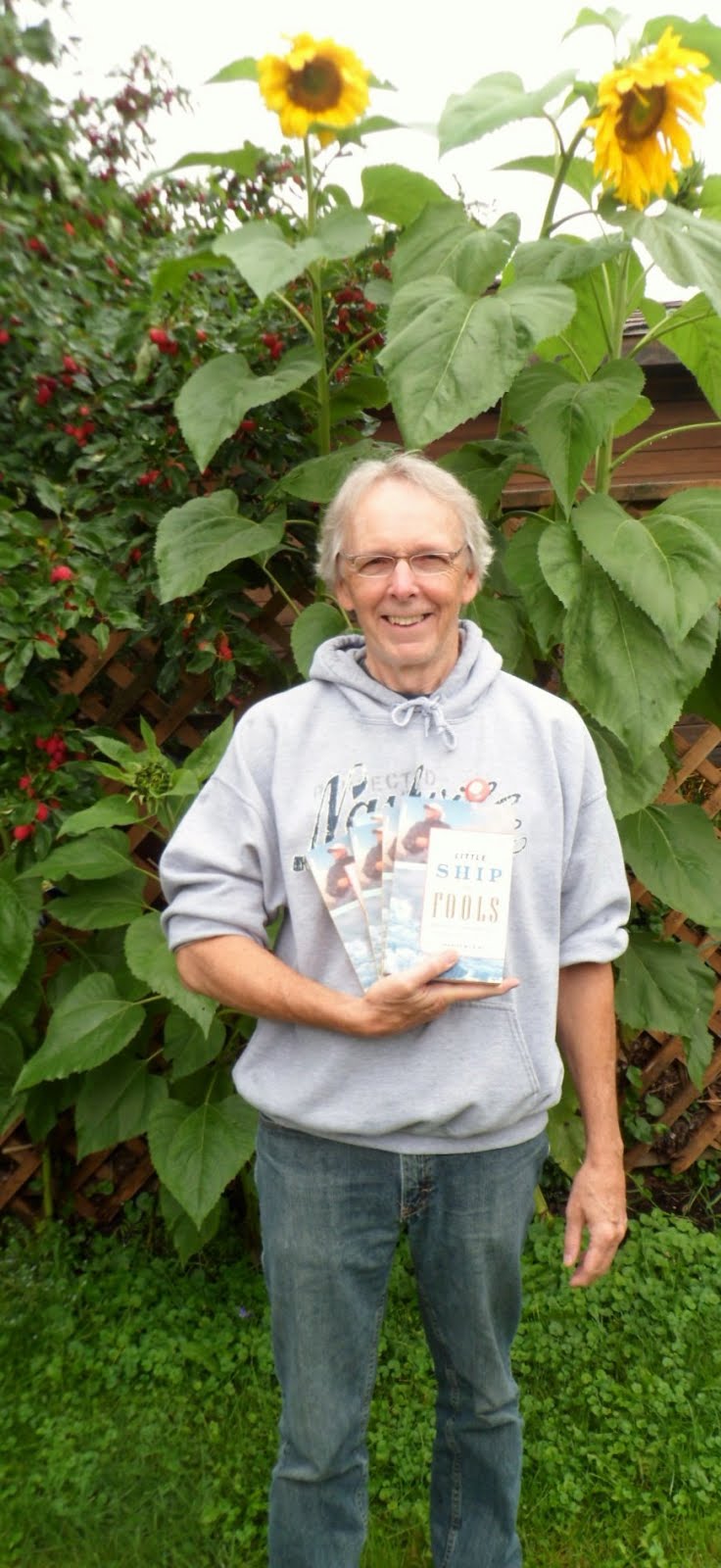





























































































































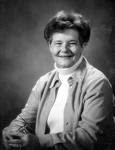


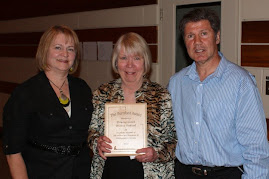
































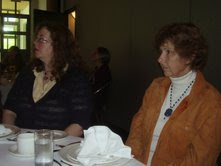



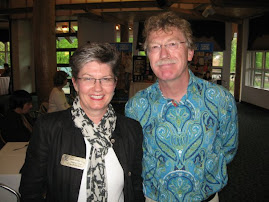


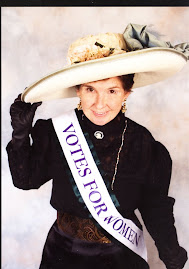

























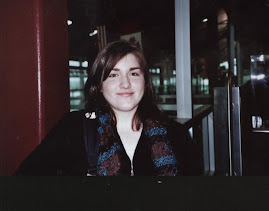


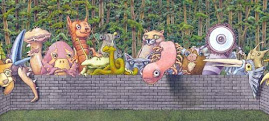















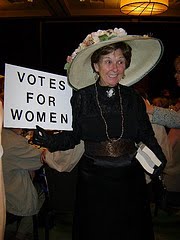


No comments:
Post a Comment